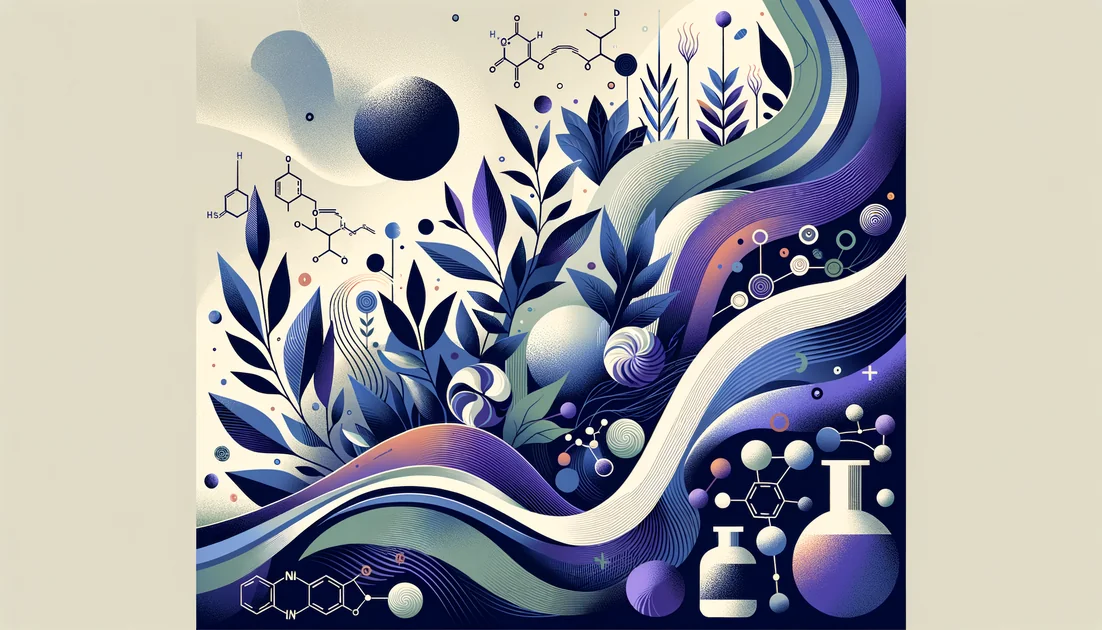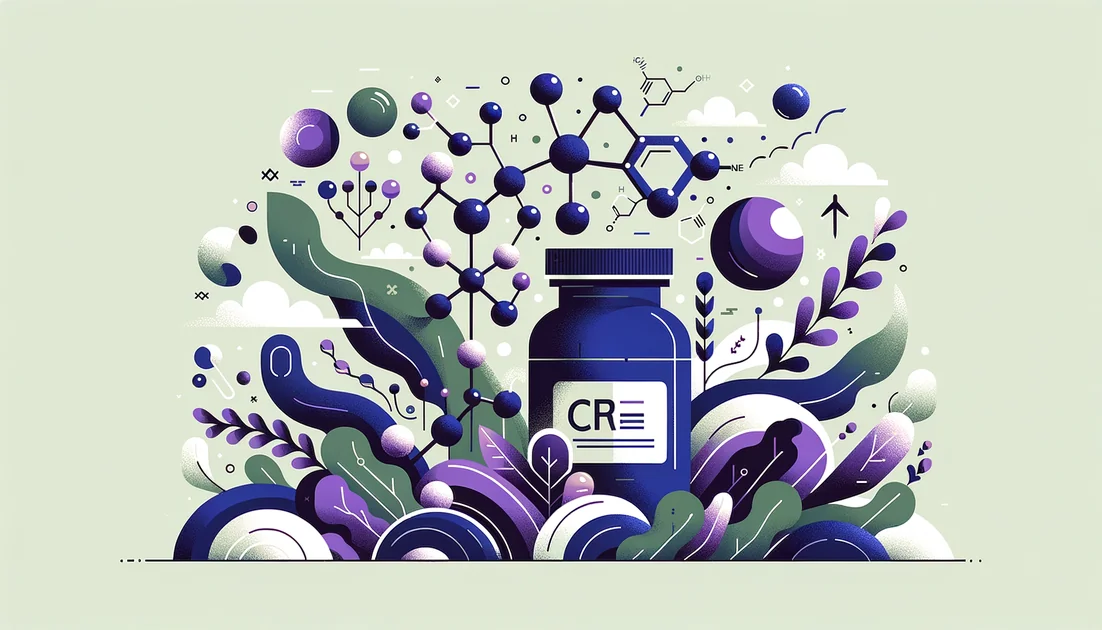
Between Swamp and Clinic: The Strange Journey of Saw Palmetto
Just before sunrise in Florida's palmetto scrub, harvesters move through razor-edged fronds to collect jet-black berries that have fed bears, sustained Indigenous communities, and built a century-old market. Yet when those berries are bottled for men with nighttime bathroom trips, the lab coat verdict often reads: not better than a sugar pill. How did a plant with such a long human story end up at the center of one of integrative medicine's most puzzling contradictions?[13][14]
- Evidence
- Weak
- Immediate Effect
- No → 6-12 weeks
- Wears Off
- 2-4 weeks after stopping
From campfire remedy to pharmacy staple
For the Seminole and other Indigenous peoples of the Southeast, saw palmetto was food and medicine long before settlers wrote about it. In 1879, Savannah physician J. B. Read's paper helped launch the berries into American pharmacies; by the early 1900s, saw palmetto even appeared in the United States Pharmacopeia. Today, nearly all supply is still wild-harvested—millions of pounds each year—and conservationists watch the marshlands with concern as climate and development press in.[13][14]
When rigorous trials rained on the parade
In 2006, a year-long New England Journal of Medicine trial tested a common dose (160 mg twice daily) in men with moderate to severe urinary symptoms. Symptoms improved—just as they do for many people over time—but improvement was identical in the placebo group. No meaningful difference in urinary flow, prostate size, or quality of life.[4] As lead investigator Stephen Bent, MD, summarized, "If you look at the change in symptoms over time between the two groups, it was almost identical..The results of this study clearly do not support a strong clinical benefit of saw palmetto for BPH."[5] Researchers then raised the stakes. The NIH-funded CAMUS trial escalated doses from the usual 320 mg to double and triple that over 72 weeks. Again, saw palmetto failed to outperform placebo on the standard symptom score.[6] "Our results indicate that the particular extract we tested was no better than a placebo," said study author Michael Barry, MD—adding he wouldn't object if a patient wanted to try it, so long as expectations were clear.[7] Importantly, even at high doses, saw palmetto didn't push down PSA (the blood marker urologists track) the way finasteride does—so it doesn't appear to mask prostate-cancer screening results.[10]
The European exception—or mirage?
Here's where the plot twists. Some European studies focusing on a specific, hexane-extracted product (HESr, brand name Permixon) report benefits: fewer night trips to the bathroom and modestly better urinary flow than placebo, with symptom relief similar to tamsulosin or short-term finasteride—and fewer sexual side effects.[8][9] In head-to-head trials, 12 months of HESr looked roughly comparable to tamsulosin on symptom scores and flow measures.[9] So is the cure in the chemistry? Some argue that how you extract the berry—what fats, sterols, and waxes you carry into the capsule—matters. Others point to trial design: the very pungency of saw palmetto oil can give away who's on the real thing unless blinding is meticulous, which can inflate perceived benefit. As Bent noted, creating a convincing placebo took "a long time," and early trials may not have solved that problem.[5] But when Cochrane reviewers re-examined 27 randomized trials in 2023–2024—separating hexane products from others—they still concluded that saw palmetto, alone, brings little to no benefit versus placebo for lower urinary tract symptoms.[2][3] The U.S. summary from NCCIH echoes that view.[1]
What it seems to do—and what it doesn't
Mechanistically, saw palmetto's fatty acids have been proposed to quiet prostate inflammation and nudge hormone signaling that can stiffen and swell the tissue. But unlike finasteride, it doesn't consistently lower PSA or shrink the gland in a clinically important way, even at higher doses.[10][9] For hair, small trials and a recent industry-sponsored study suggest oral or topical preparations may modestly reduce shedding and improve density over 16 weeks—but this is early-stage evidence with conflicts of interest, and far from definitive.[16][1]
Safety: mostly mild, with rare but real cautions
Most men tolerate saw palmetto well—think occasional stomach upset, dizziness, or headache—and long trials have not shown major lab abnormalities.[1][10] But two cautionary tales deserve daylight. First, a surgical case report described severe intraoperative bleeding linked to pre-op saw palmetto use; bleeding tests normalized after stopping the herb—one reason surgeons often ask patients to quit it two weeks before procedures.[11] Second, several case reports describe acute pancreatitis temporally associated with saw palmetto; while rare and unproven as causation, clinicians now include it on their differential when no other cause is found.[12] And if you're on blood thinners, discuss it—there are isolated reports of interactions.[5][11]
If you're still curious about trying it
Aim for products standardized around the classic 320 mg/day dose used in trials. If you choose the European-style hexanic extract (often labeled HESr), know that some studies suggest parity with prescription drugs, but the best global reviews still find little to no advantage over placebo overall.[8][2]
Give it time: people who respond typically notice changes after 6–12 weeks; benefits, when present, tend to build by 3–6 months.[9]
Track symptoms with the IPSS questionnaire and share results with your clinician; if nothing changes by three months, reconsider.[2]
Tell your care team before surgery and if you take anticoagulants or antiplatelets, due to rare bleeding concerns.[11]
PSA isn't masked by saw palmetto, which is useful when monitoring prostate health.[10]
What this story teaches
Saw palmetto embodies a tension modern health seekers often face: deep cultural lineage and strong market presence on one side; careful, placebo-controlled trials on the other. Historian-photographer Steven Foster put it this way while chronicling the plant's human entanglements: decades of intrigue, a wild harvest that shapes livelihoods, and a future challenged by rising seas and shrinking habitat.[13] The science is still probing why some extracts, in some studies, look helpful while the totality of evidence says "not much." Cochrane reviewers now call for next-generation trials—standardized products, tighter blinding, and better patient-centered outcomes—to resolve the stalemate.[3] Until then, saw palmetto remains what it has been for a century: a compelling story, a generally safe experiment if entered with eyes open, and a reminder that nature's medicine cabinet doesn't always play by laboratory rules.
[1]: National Center for Complementary and Integrative Health (NCCIH). Saw Palmetto: Usefulness and Safety. 2025 update.
[2]: Cochrane Review 2023: Serenoa repens for LUTS due to benign prostatic enlargement.
[3]: 2024 update reprint of the Cochrane review with future-research call.
[4]: NEJM 2006 randomized trial: no benefit vs placebo at 12 months.
[5]: UCSF press release quoting Stephen Bent, MD, on blinding and lack of effect.
[6]: JAMA 2011 CAMUS trial: no benefit even at triple dose.
[7]: ScienceDaily interview/summary quoting Michael Barry, MD.
[8]: BJU International 2018 meta-analysis of hexanic extract (HESr/Permixon).
[9]: European Urology randomized trials comparing HESr with tamsulosin.
[10]: CAMUS PSA analysis: no effect on PSA even at high doses.
[11]: Case report of severe intraoperative hemorrhage with saw palmetto.
[12]: Case reports of acute pancreatitis linked temporally to saw palmetto.
[13]: American Botanical Council/HerbalGram history and wild-harvest context.
[14]: Sustainable Herbs Initiative history of Read/Solomons and 19th-century commercialization.
[15]: AAFP 2024 synopsis of Cochrane findings (little to no benefit).
[16]: 2023 randomized study (industry-sponsored) of oral/topical saw palmetto for hair loss.
Key takeaways
- •Evidence is weak overall: large, well-designed North American RCTs found no symptom advantage over placebo, even at triple doses.
- •Cochrane 2023–2024 concludes saw palmetto alone offers little to no benefit for lower urinary tract symptoms; hexane extracts did not clearly outperform others.
- •A specific hexanic lipidosterolic extract (HESr/Permixon) matched tamsulosin and short-term finasteride in some European studies, with fewer sexual side effects reported.
- •Practical use: most trials used 320 mg/day; if benefits occur, they tend to appear by 6–12 weeks and build toward 3–6 months—reassess after three months if nothing changes.
- •Who might try it: men with mild-to-moderate urinary symptoms seeking a conservative, generally safe option and willing to accept uncertain benefit.
- •Cautions: inform clinicians if using anticoagulants or before surgery (rare bleeding reports); stop before elective procedures and watch for severe abdominal pain (rare pancreatitis case reports).
You might also like
Explore more of our evidence-led investigations, comparisons, and guides across every article style.

Allergy Research Group (ARG)
Practitioner-grade, hypoallergenic testing culture—with premium pricing and limited public COAs

Seed Oils (canola, soybean, sunflower; high-oleic variants) vs Animal Fats (ghee/clarified butter, beef tallow)
For overall health, pick seed oils—prefer high-oleic (or olive/avocado)—for most day-to-day cooking; they support better cardiometabolic risk profiles. Use ghee or tallow mainly for flavor or occasional very-high-heat tasks, and keep portions modest to limit saturated fat. [1][2][3][12][19]

Best for muscle growth
Creatine monohydrate: 3–5 g daily

Resveratrol
A TV segment in 1991 suggested the French owed their strong hearts to red wine. The world raised its glass. Yet the compound most blamed for the magic—resveratrol—exists in wine at whisper-levels, far below doses used in studies. So what does resveratrol really do, and for whom?


Tocotrienols
The stealthier cousins of vitamin E—built with springy tails that move differently in cell membranes and behave differently in your body.


